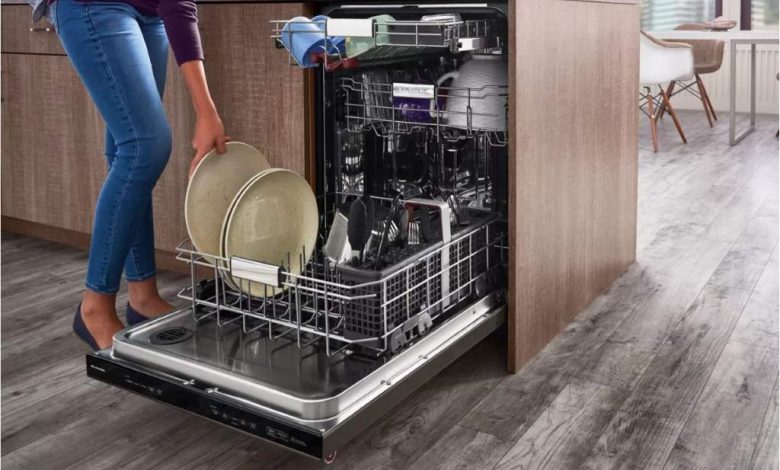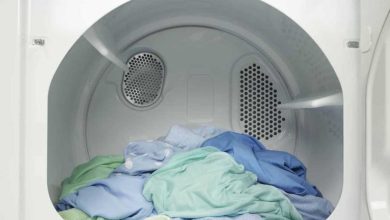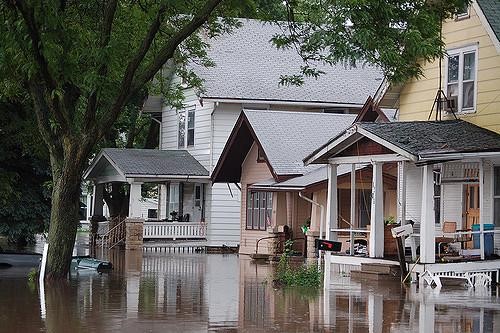
Portable dishwashers are saviors for renters, small kitchens, and anyone who wants the convenience of a dishwasher without a major renovation. Unlike their full-sized built-in counterparts, portable dishwashers roll into action, connect temporarily to your kitchen faucet, and then get tucked away when not needed.
The heart of the connection process is the portable dishwasher hose attachment. In this article, we’ll break down the essentials of connecting your portable dishwasher, tips for troubleshooting, and things to know before you buy.
Understanding the Setup
- Faucet Adapter: Most portable dishwashers ship with a specialized faucet adapter. This adapter temporarily replaces the existing aerator on your faucet, giving your dishwasher’s hose a place to connect.
- Quick Connect: The dishwasher’s water intake hose features a quick-connect mechanism, allowing it to easily snap onto the faucet adapter and be removed just as quickly.
- Drain Hose: Don’t forget – the water has to go somewhere! Make sure the drain hose is positioned to flow smoothly into the sink itself. Some units even have pumps, letting you drain into a higher bucket if needed.
How to Connect Your Portable Dishwasher
- Remove the Aerator: Unscrew your sink faucet’s aerator (the little end piece with the screen). Some aerators may unscrew by hand, others might need pliers.
- Install the Adapter: Select the right adapter piece from the kit that came with your dishwasher and thread it tightly onto your faucet. Use a wrench or pliers if needed for a watertight fit.
- Connect the Hose: Slide your dishwasher’s water intake hose connector up until it firmly clicks onto the adapter. You might hear a locking sound indicating it’s secure.
- Position the Drain Hose: Make sure the drain hose has an unimpeded flow down into your sink. Some units may secure it with a clip or suction cup.
- Run the Water: Before starting the dishwasher, turn on your hot water faucet fully. Check around the adapter connection for any leaks. If you spot drips, tighten the adapter further or add thread seal tape (plumber’s tape) for a better seal.
Important Considerations
- Faucet Compatibility: Some high-end or specialty kitchen faucets might not be directly compatible with the usual dishwasher adapters. If you’re unsure, check your dishwasher’s manual for specific guidance or adapter recommendations.
- Pull-Out Faucets: Pull-out faucets can be a little trickier. You might need to buy an extra adapter specifically designed for pull-out models.
- Water Pressure: Portable dishwashers work best with good water pressure. If yours is low, the cleaning action may be less effective.
- Storing Your Hoses: After each use, completely drain the hoses, disconnect them from the faucet, and store them according to your dishwasher’s instructions. This prevents mold growth and keeps them ready for your next wash cycle.
Troubleshooting Connection Issues
- Leaks: If you’re seeing leaks around the faucet, the adapter likely isn’t tight enough or needs some thread seal tape to improve the seal.
- Low Water Flow: Check that the hose isn’t kinked or pinched, and that your faucet’s hot water is completely open. If water pressure to your sink generally seems low, that might affect your dishwasher’s performance.
- Hose Won’t Connect: Make sure the locking collar on the hose is pulled down before pushing it onto the adapter. Ensure the adapter is the right size, fully threaded, and free of cracks.
Before You Buy: A Word on Choosing a Portable Dishwasher
If you’re shopping for a portable dishwasher, consider these factors:
- Capacity: How many place settings do you normally need to wash?
- Features: Wash cycles, delayed start options, drying capabilities – all affect price and functionality.
- Size: Ensure you have storage space when the dishwasher’s not in use.
The Takeaway
Portable dishwashers offer a flexible way to add dishwasher convenience to spaces where a built-in model isn’t possible. With a little understanding of how to connect them, they’re a fantastic way to save time and effort on those dishes!






